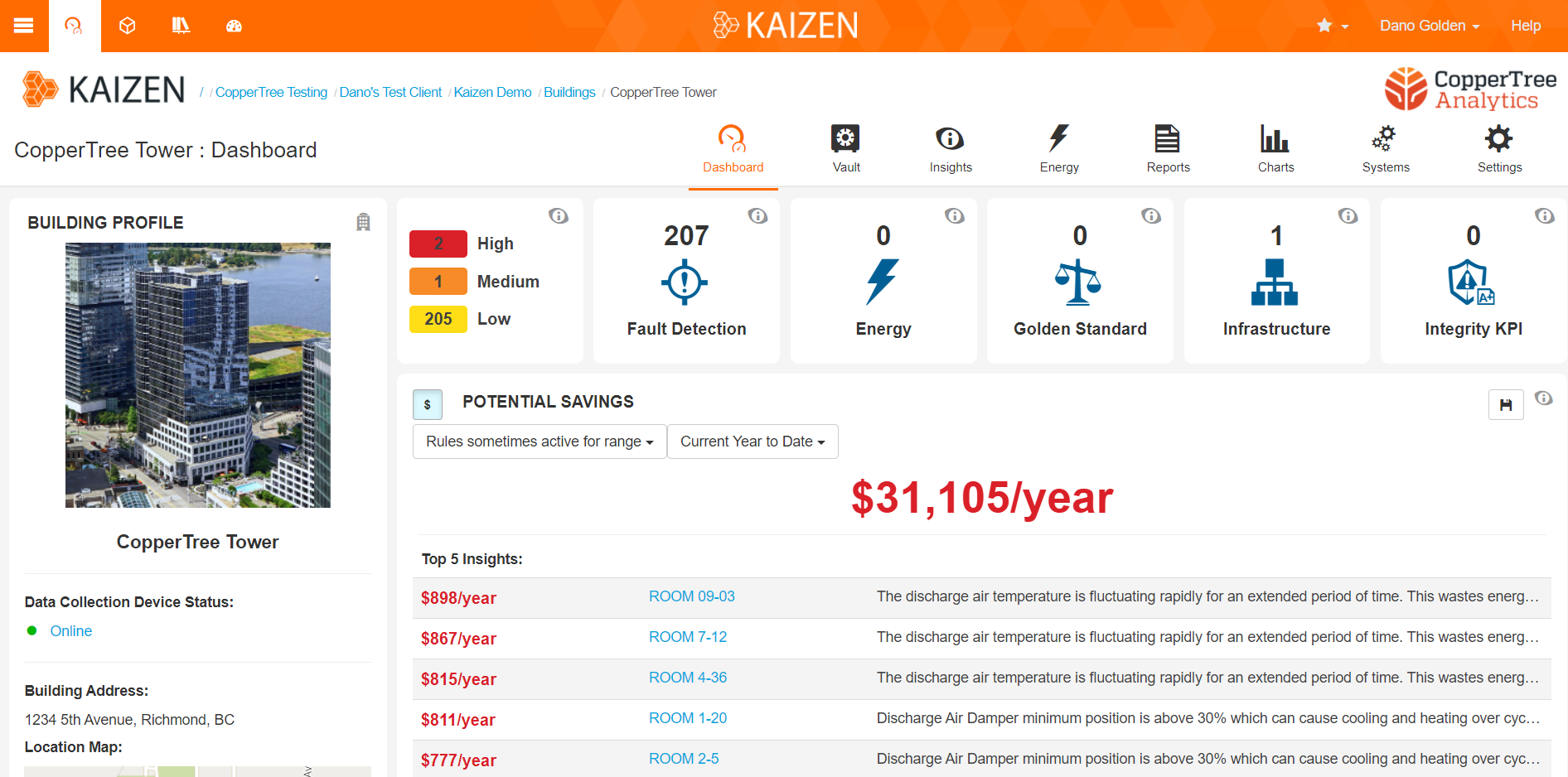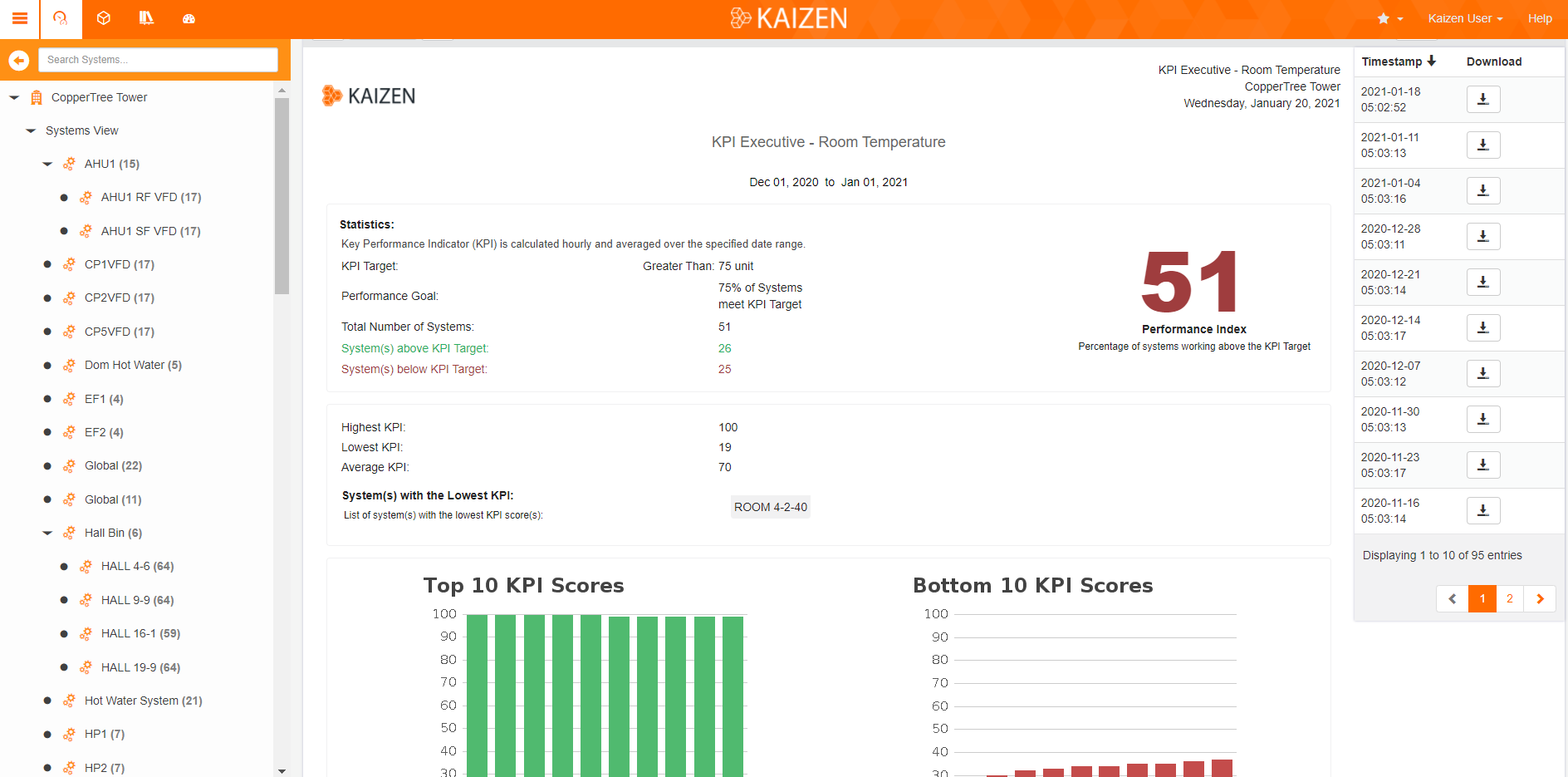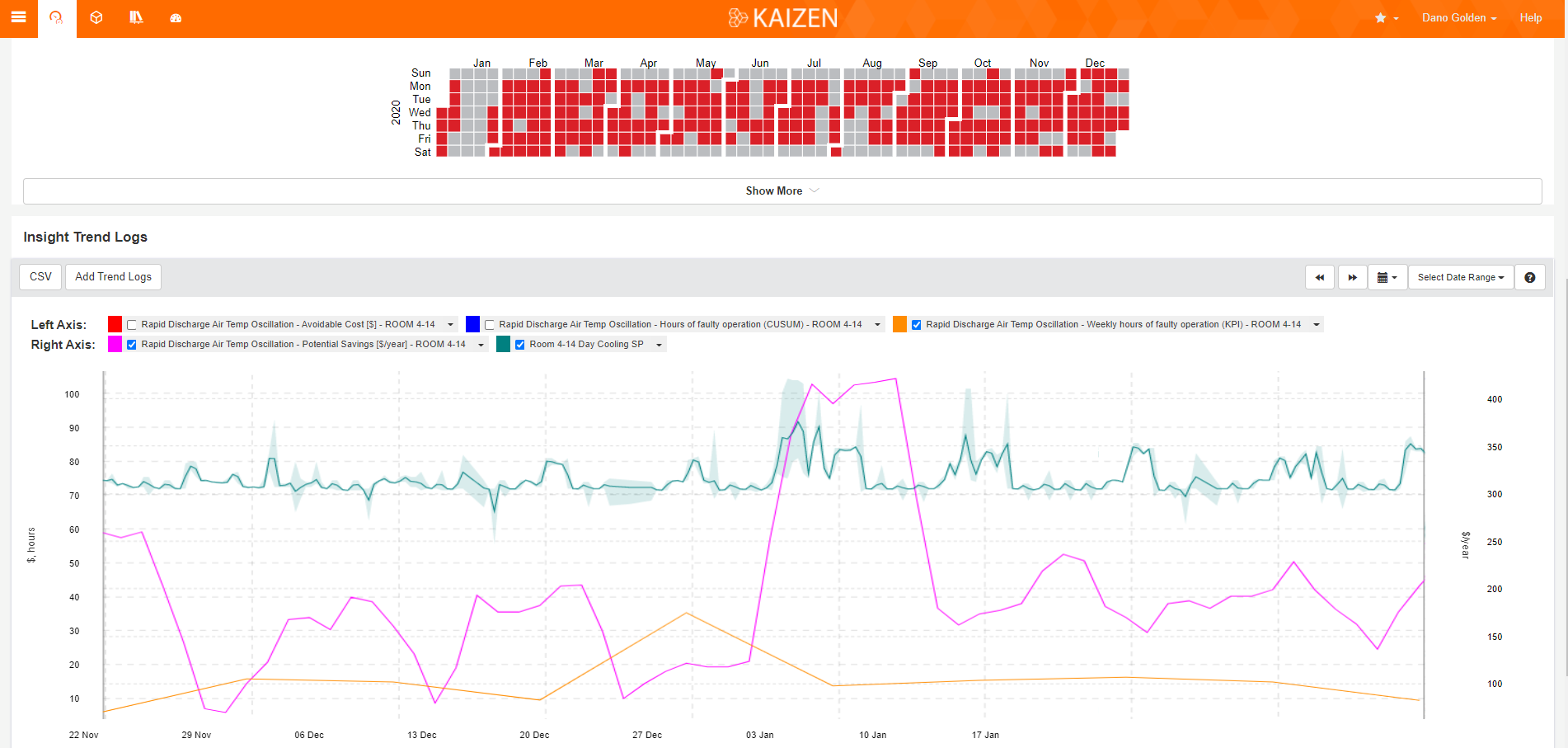What is Fault Detection and Diagnostics (FDD)?
Our Fault Detection and Diagnostics (FDD) Software-as-Service (SaaS) gives you the power to optimize your building’s performance and continuously improve it. Our automated FDD feature pinpoints where faults are occurring within your facility, allowing you to take resolving action immediately and oftentimes remotely, saving you time and valuable resources.


